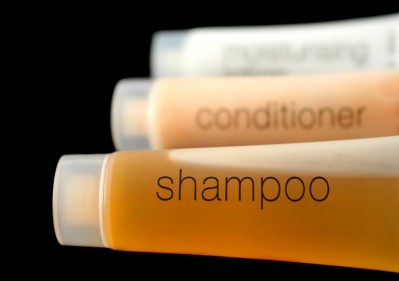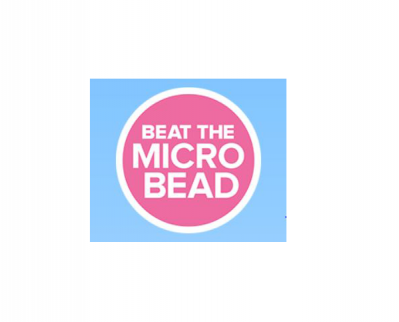Canadian parliament moves toward microbead ban

Up for debate
The Canadian House took up MP Megan Leslie’s motion this week that, “microbeads in consumer products entering the environment could have serious harmful effects, and therefore the government should take immediate measures to add microbeads to the list of toxic substances managed by the government under the Canadian Environmental Protection Act, 1999.”
As a member of Parliament, Leslie also serves as the Official Opposition Critic for the Environment.
Being green
Consumers expect personal care brands to behave ethically and operate with a social and environmental awareness. “Since alternatives do exist, the plastic microbeads are not considered an essential ingredient in cosmetics and personal care products,” Leslie writes in a statement on her site.
The local concern here is that post-consumer plastic waste will injure fresh water ecosystems, including the St. Lawrence River and the Great Lakes.
“Microplastics can be consumed by a variety of marine life, including fish harvested for human consumption. They can cause asphyxiation or a blockage of organs in marine animals. Chemical pollutants tend to accumulate and persist on microplastics, which could transfer these chemicals to animals ingesting the plastic,” her statement continues.
The New Democrats believe legislation to be the most judicious solution: “Wastewater treatment plants are currently unable to filter out microbeads because of their small size and buoyancy….and there are no known ways to effectively remove microplastics after they make their way into the environment. So the simplest action is to prevent them from entering the environment.”
Health Canada
The federal department charged with helping Canadians sustain good health, maintains that microbeads are safe as a cosmetic additive. The department provides consumers with resources and recommendations on health topics.
Health Canada does not issue guidance on quality of life or environmental matters. “The concerns being raised on the use of microbeads is related to the impact on the environment, not human health,” according to a statement Gary Scott Holub, a Health Canada media relations officer, made late last year.
Natural beauty
Water quality concerns have led to several company initiatives and legislative actions to phase out and ban mirocbeads.
“We have to make sure that Congress passes this ban on microbeads, because microbeads have already caused significant damage to the Great Lakes region, and they will continue to do so until they are removed from the marketplace,” said New York Senator Kirsten Gillibrand on the issue.
New research from the University of Waterloo (and published this month in the Journal of Great Lakes Research), compiles university studies with in-the-field observations in “the first comprehensive assessment of the plastics problem in the Great Lakes,” according to a press release from the school.
Explaining the motivation behind this research effort Philippe Van Cappellen, Canada Excellence Research Chair and professor of Earth and Environmental Sciences in the Faculty of Science says, "We know more and more about ocean plastics, but, paradoxically, we have little information on the distribution and fate of plastic debris in the Great Lakes, the world's largest freshwater resource.”









